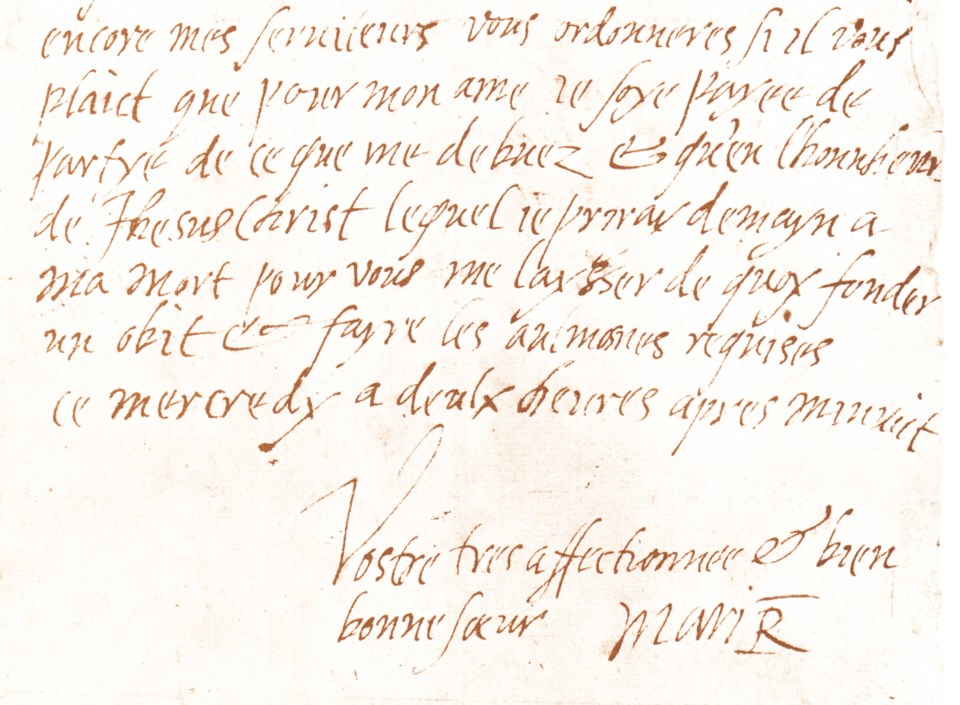It’s the 21st century, and by now we’ve managed to stamp out several once-deadly diseases including smallpox, polio, measles, mumps and diphtheria.
Deadly diseases aren’t the only things that have been stamped out by the 21st century. Universities and colleges across North America are now working hard to stamp out their humanities departments. And in most states in the U.S., they’ve stamped out cursive writing in schools — since 2010, cursive is no longer part of the Common Core Standards for K-12 education. The situation is hardly better in Canada, where several provinces don’t require cursive to be taught in elementary school. Patti Bacchus, writing in The Georgia Straight in 2019, states “B.C.’s provincial school curriculum doesn’t specifically include cursive writing. Grade 2 students are supposed to learn to print legibly, and provincial curriculum documents say Grade 3 students should have 'legible handwriting,' without being specific about that being cursive writing.”
Cursive handwriting has been with us for centuries. It has survived deadly diseases, wars, and the invention of the printing press. For more than 500 years, cursive writing was the mark of an educated person. By the time of the Renaissance, in the households of aristocrats and at the courts of nobles, in Italy and elsewhere in Europe, children of both sexes were being taught to write in cursive.
Our present-day cursive is close to the style of writing known as the cursive chancery hand — in 15th century in Italy, it was the hand used in the cancelleria or chancery, the office at the courts of rulers that dealt with correspondence and record-keeping. The name cursive derives from the Latin currere, to run, because the connected letters allowed the scribes and secretaries to write faster than had been possible in the earlier styles. Clear and aesthetically pleasing, the cursive chancery inspired the Venetian printer Aldus Manutius (1449-1515) to design the sloping typeface we all know as italics.
For years now, people — educators, pediatricians, researchers, parents, even politicians — have been arguing for and against the teaching of cursive in our schools. Those in the anti-cursive camp insist that cursive writing is obsolete since today everyone, even the very young, uses a computer, tablet or smartphone. Keyboarding is the way to go. The pro-cursive faction points out that cursive writing helps develop manual dexterity, referred to as fine-motor skills. It assists with memory and recall. Children who learn cursive do better in spelling and reading.
I would add that cursive writing also gives children a feeling of accomplishment and a sense of gratification since the reward — the result — is immediate, because they see what they’ve written. It does a lot to further their self-esteem and self-confidence. By writing in cursive they are physically and mentally engaged. They are creating something that is unique to them, they are personally investing in it. It helps in building their sense of selfhood, a strength that will assist them to become more independent and insightful as they grow.
Compared to handwriting, the procedure of hitting or punching keys on a keyboard is impersonal, the same for everyone. Letting technology take over more and more of our tasks has consequences that can be lamentable. Look at texting — it’s escorted spelling out the door.
I often feel that what humans have achieved over thousands of years is quickly being dismantled and that too many people in authority are aiding and abetting the process. Cursive writing is not an isolated cognitive activity. It’s part of a complex structure. Remove it, and it can set off a chain of events.
Sabine Eiche is a local writer and art historian with a PhD from Princeton University. She is passionately involved in preserving the environment and protecting nature. Her columns deal with a broad range of topics and often include the history (etymology) of words in order to shed extra light on the subject.



